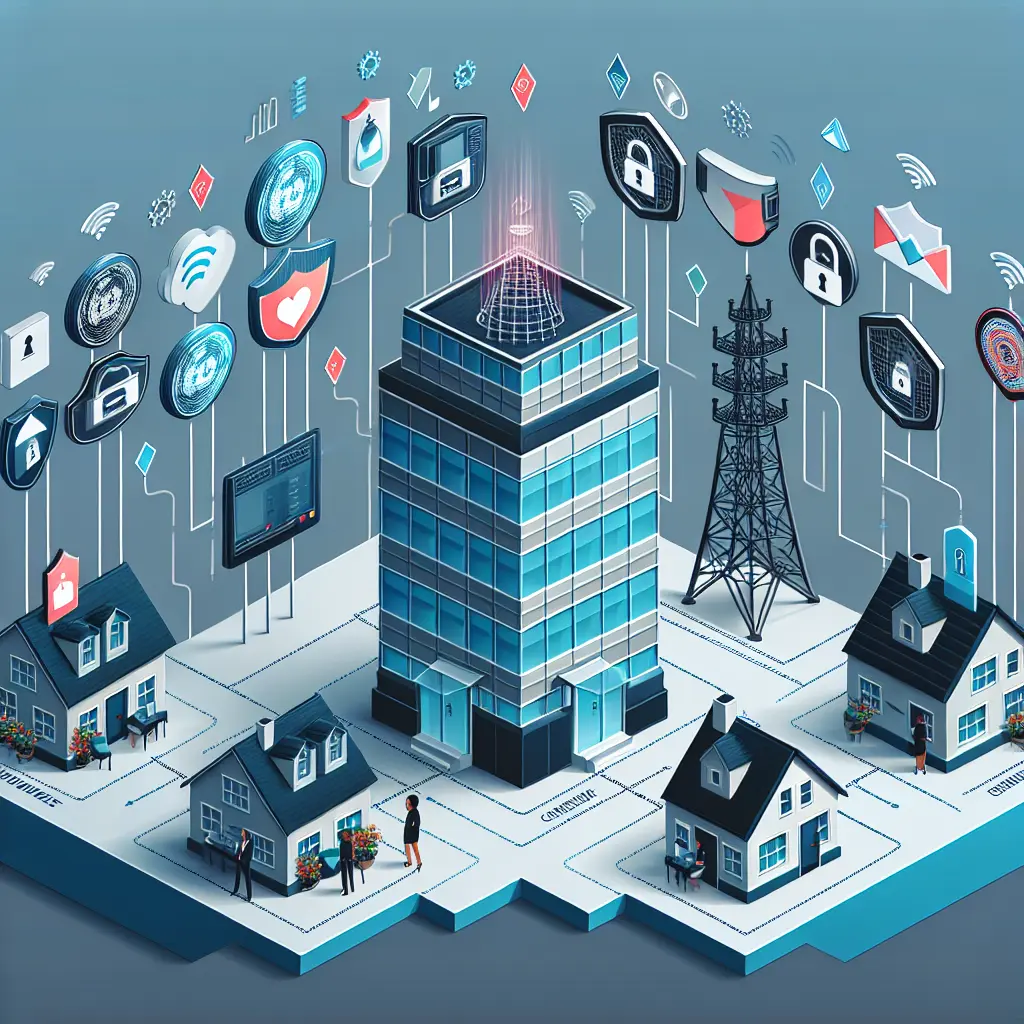The rapid growth of the Internet of Things (IoT) presents unprecedented opportunities and challenges. As IoT devices become ubiquitous, from smart home systems to industrial sensors, the landscape of cybersecurity is dramatically shifting. Recent events have highlighted vulnerabilities, making it crucial to understand the multifaceted cybersecurity challenges in IoT and the evolving strategies to address them.
The interconnection of billions of devices has made IoT a fertile ground for cyberattacks. A notable incident underscoring this threat involved a massive outage triggered by a faulty software update from cybersecurity firm CrowdStrike. This disruption affected IT systems worldwide, impacting banks, airlines, and other major companies, and demonstrated how interconnected vulnerabilities can lead to widespread chaos. It highlighted the urgent need for robust cybersecurity measures.
This event illustrated a critical aspect of IoT cybersecurity threats: the potential for a single point of failure to have cascading effects across multiple sectors. As IoT devices continue to permeate personal and professional environments, securing these devices against such vulnerabilities becomes even more apparent.
IoT devices face unique security challenges due to their diverse nature and deployment environments. Conventional security measures often fall short in addressing these complexities. For instance, many IoT devices may lack sufficient computational power to support traditional encryption methods, making IoT data protection a significant challenge.
Moreover, the recent discovery of a hacker 'ghost' network spreading malware on GitHub emphasizes the innovative tactics cybercriminals employ. This network manipulates platforms and distributes ransomware, further complicating the task of protecting IoT infrastructure.
Strategies for Securing IoT Devices
Securing IoT devices requires a comprehensive approach that integrates IoT security best practices. This includes:
Robust IoT Device Authentication: Ensuring that only authorized users and devices can access the network is crucial. Implementing multi-factor authentication and advanced encryption protocols can significantly reduce unauthorized access.
Regular Security Updates: Regularly updating device firmware and software is vital to counteract emerging threats. However, as evidenced by the CrowdStrike incident, these updates must be meticulously tested to avoid unintended consequences.
Network Segmentation: Isolating IoT devices from critical infrastructure reduces the risk of widespread disruption in the event of an attack. Network segmentation can effectively contain breaches within isolated network segments.
Addressing Internet of Things Privacy Concerns
The vast amounts of sensitive data transmitted by IoT devices raise significant privacy concerns. Ensuring data protection involves implementing encryption both at rest and in transit and establishing stringent access controls. Organizations must also comply with data protection regulations, such as GDPR, to safeguard user privacy effectively.
Recent legislative efforts, such as a proposed Senate bill aiming to improve voting machine security, reflect a growing recognition of the importance of robust security standards across all IoT applications.
To mitigate IoT security risks, deploying advanced IoT security solutions is imperative. These solutions should be proactive, capable of anticipating potential threats before they materialize. Key components include:
Intrusion Detection and Prevention Systems (IDPS): These systems monitor network traffic for suspicious activities and automatically respond to threats.
Security Information and Event Management (SIEM): Collecting and analyzing security data from across the network enables real-time threat detection and response.










Leave a Comment